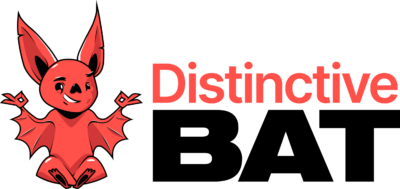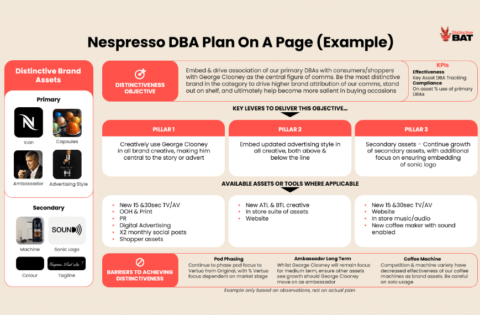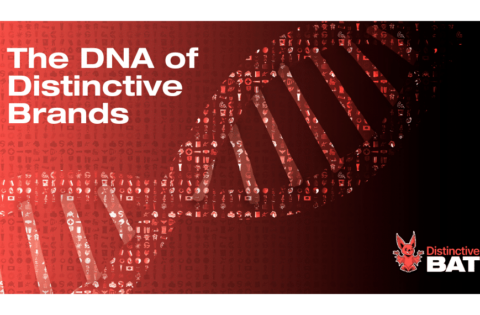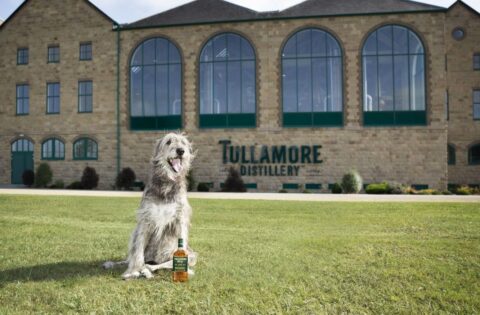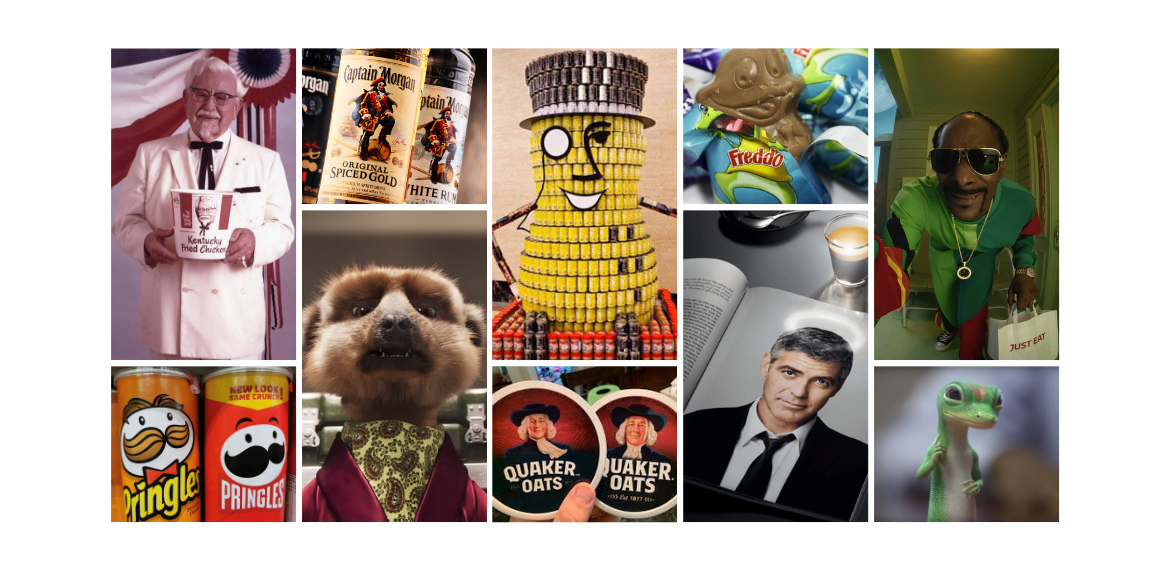
Distinctive Character Assets With Cut-Through
Distinctive Character Assets With Cut-Through
Facial recognition is an innate part of the human condition, it’s how we express emotion, how we relate to one another and it’s also one of the many reasons we see character assets perform so well for the brands we work with in Distinctive Brand Asset research. Characters are malleable, generally ownable (particularly illustrated versions which typically have a much longer shelf life than celebrity ambassadors), they provide a consistent voice for the brands who choose to employ them, and they can be embedded across a wide array of touchpoints.
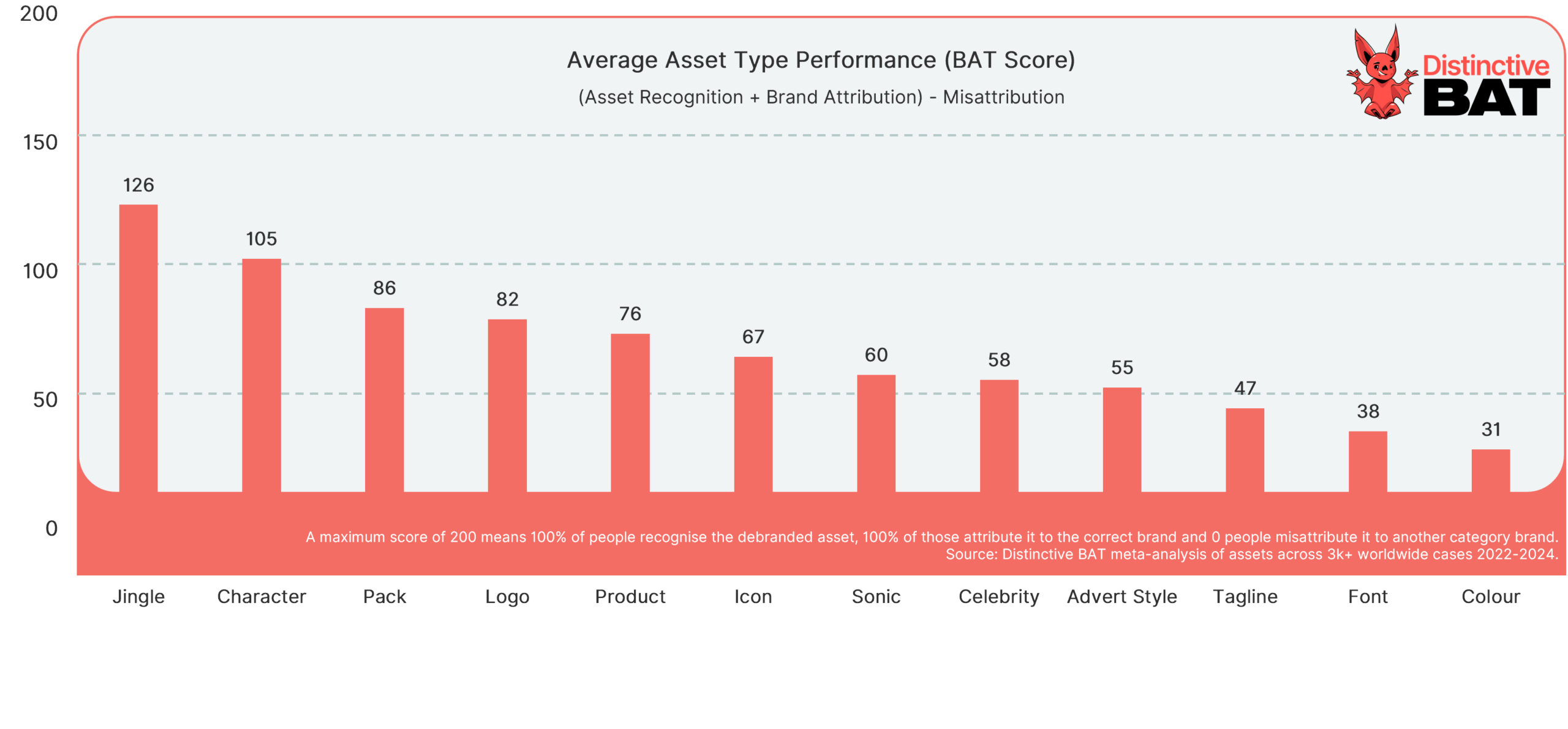
Here we’ll take a look at some of the most distinctive character assets, how they have been utilised and what has driven their cut-through. We’ll build this article out over time, so let us know any other characters you’d like to see included.
If you’re thinking about integrating a brand character, evaluating a mascot long since forgotten, or would like to discuss your existing distinctive asset suite, then please get in touch.
Birra Moretti’s ‘Baffo’
Is Birra Moretti’s all-Italian brand character actually… Austrian?
Birra Moretti, the Italian brewing company, was founded in 1859, though their iconic moustachioed man wasn’t adopted until the Second World War. The company attributes the creation of ‘Baffo’ to commander Lao Moretti, who purportedly photographed him in Northeast Italy in the 1940s.
The brand’s website states, “The story goes that Luigi Moretti’s nephew saw Baffo in a bar and instantly knew he’d found the embodiment of the real values of his beer in this man. Being a passionate type, Moretti’s nephew approached Baffo, asking him for a photograph. Baffo requested one thing in return – another Birra Moretti.”
However, renowned German photographer Erika Groth-Schachtenberger claimed the depiction as her own, a photograph she had taken in Austria in 1939. She later saw the character on Birra Moretti billboards and began legal proceedings (the outcome of which is unclear – though some say Lao Moretti conceded this was the truth in 1956 and paid her 37,000 lire).
Regardless of its true origins, the iconic character has become an integral part of the brand’s identity, symbolising the quintessential Italian beer enthusiast and serving as a versatile Distinctive Brand Asset.
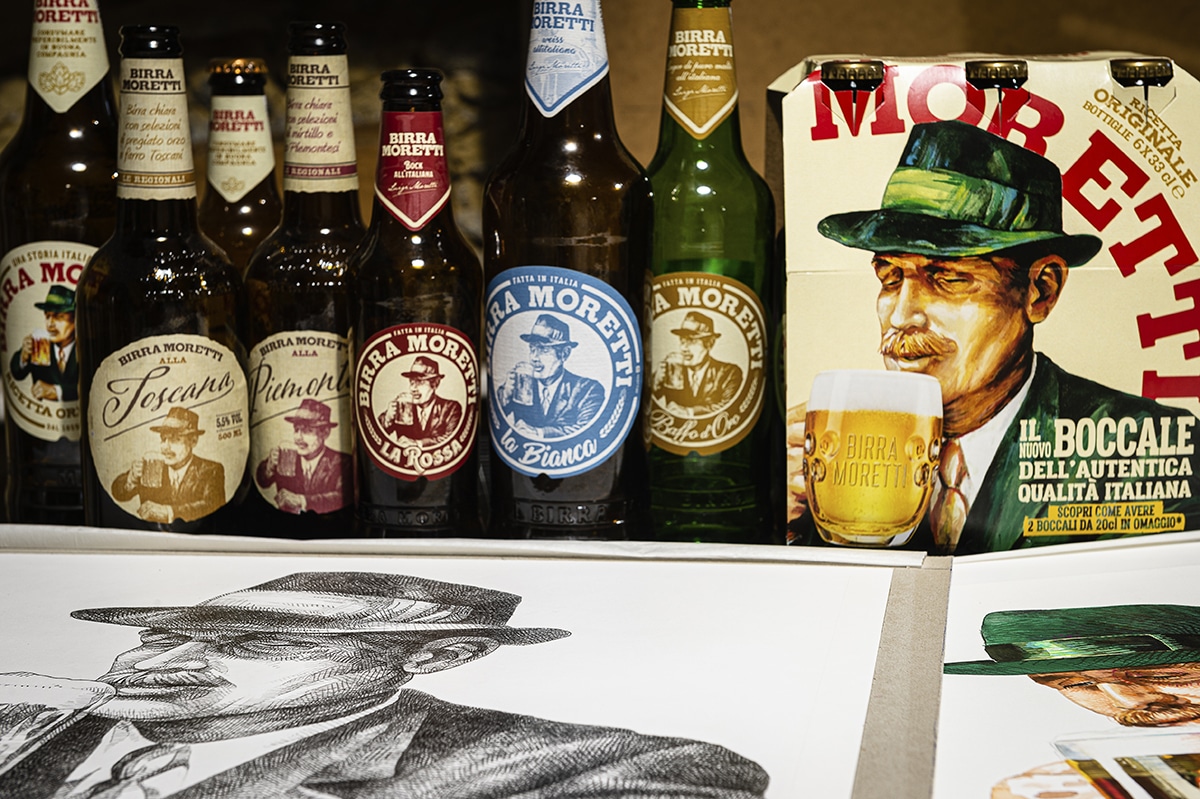
McGruff the Crime Dog
In 1978, the Advertising Council embarked on a mission to combat crime, entrusting Dancer Fitzgerald Sample (now Saatchi & Saatchi) with the task. This collaboration birthed McGruff the Crime Dog, an iconic brand character managed today by the National Crime Prevention Council.
McGruff garnered over 50% reach among American adults in his first year, utilising TV, OOH, comics, and live appearances to encourage citizens to “Take A Bite Out Of Crime.” From participating in Macy’s Thanksgiving Day Parade to making appearances on Capitol Hill, McGruff has been embedded across a wide array of touchpoints.
In an ironic twist, John Morales, an actor who once portrayed McGruff was arrested in 2011 for speeding, with police and drug-sniffing dogs discovering 1,000 marijuana plants, 27 weapons (including a grenade launcher), and 9,000 rounds of ammunition in his home. McGruff, the crime-fighting character, was busted by drug-sniffing dogs.
McGruff remains a prime example of the versatility of characters as Distinctive Brand Assets, applicable across different categories, markets, and objectives. There’s a lesson here too in the dangers of aligning your brand with real people, celebrities or endorsers. You never know when they might be packing a grenade launcher.
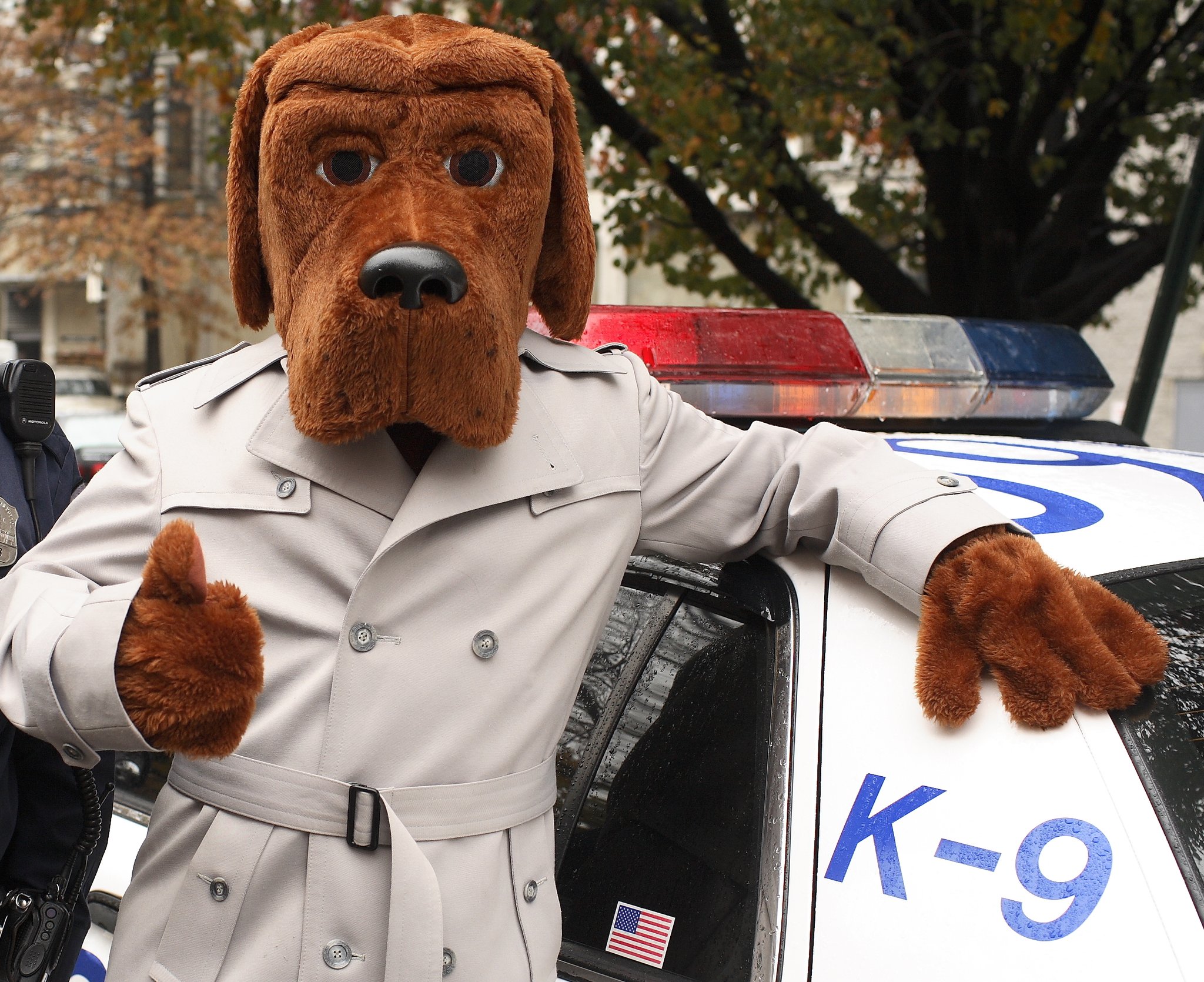
Leonard Charmin
In the year 2000, known for the panic inducing, non-eventuating technological doom of Y2K, an American toilet paper company was busy answering their own kind of “call of nature” – the original Charmin bear, Leonard Charmin, was born.
Charmin’s activations of the brand character are vast and varied. As well as appearing on packaging, Leonard (and his extended bear family of Molly, Bill, Amy and Dylan) adorns numerous advertising and PR campaigns. In 2010, Charmin celebrated their 1,500,000th visitor to branded restrooms in New York’s Times Square, and Leonard accepted the Guinness World Record for the largest roll of toilet paper in 2011.
The Charmin bears were even interviewed by the American Marketing Association.
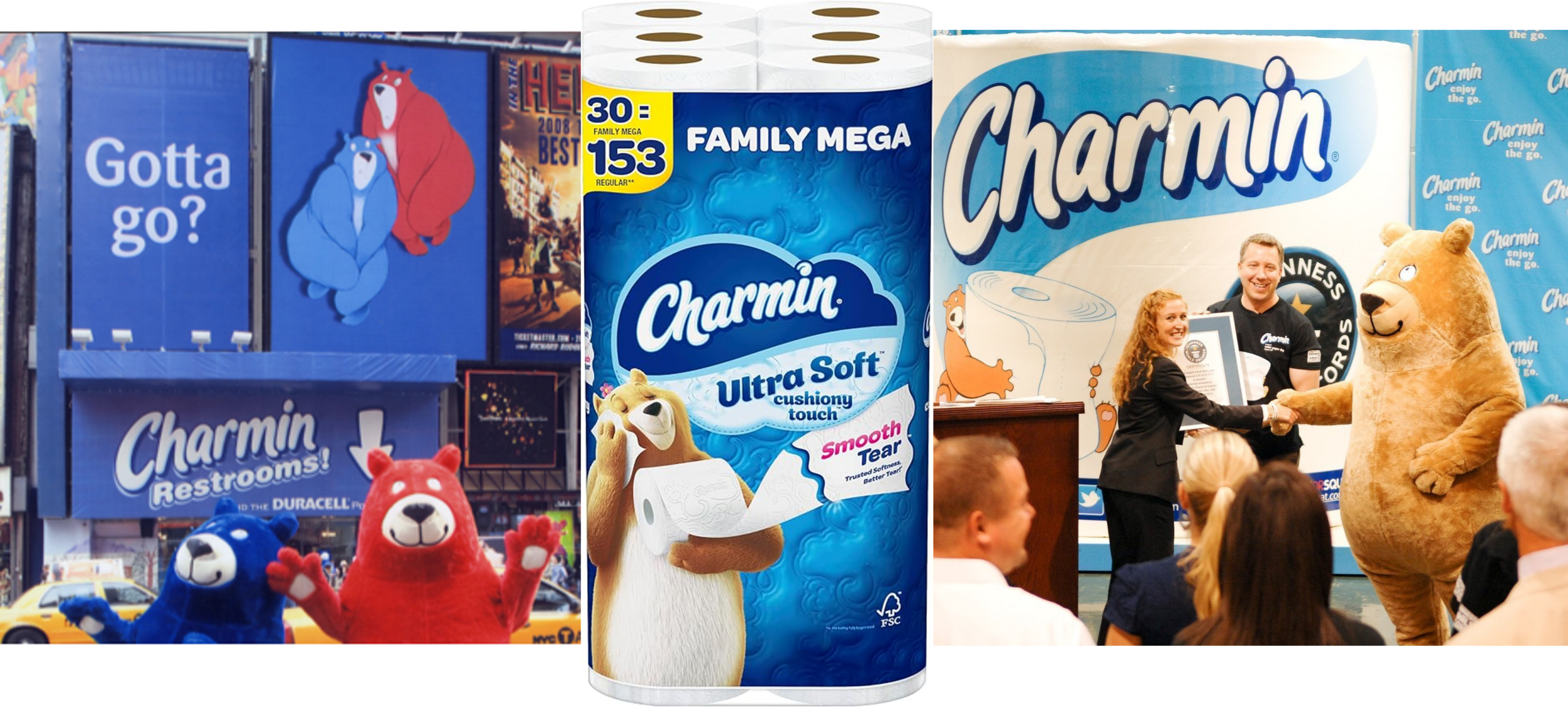
Marlboro Man
A relic of advertising days long since forgotten (1954 to 1999 to be exact), the Marlboro Man became an American symbol of masculinity. Leo Burnett spearheaded the campaign first featuring the rugged and resilient Cowboy, which led to a staggering 300% sales increase in two years.
Although the Marlboro Man has for the most part been retired, his legacy endures in art, music and film. The Rolling Stones, Rage Against The Machine, Neil Young and even Lil Nas X/Billy Ray Cyrus all have lyrics referencing the tobacco toting character.
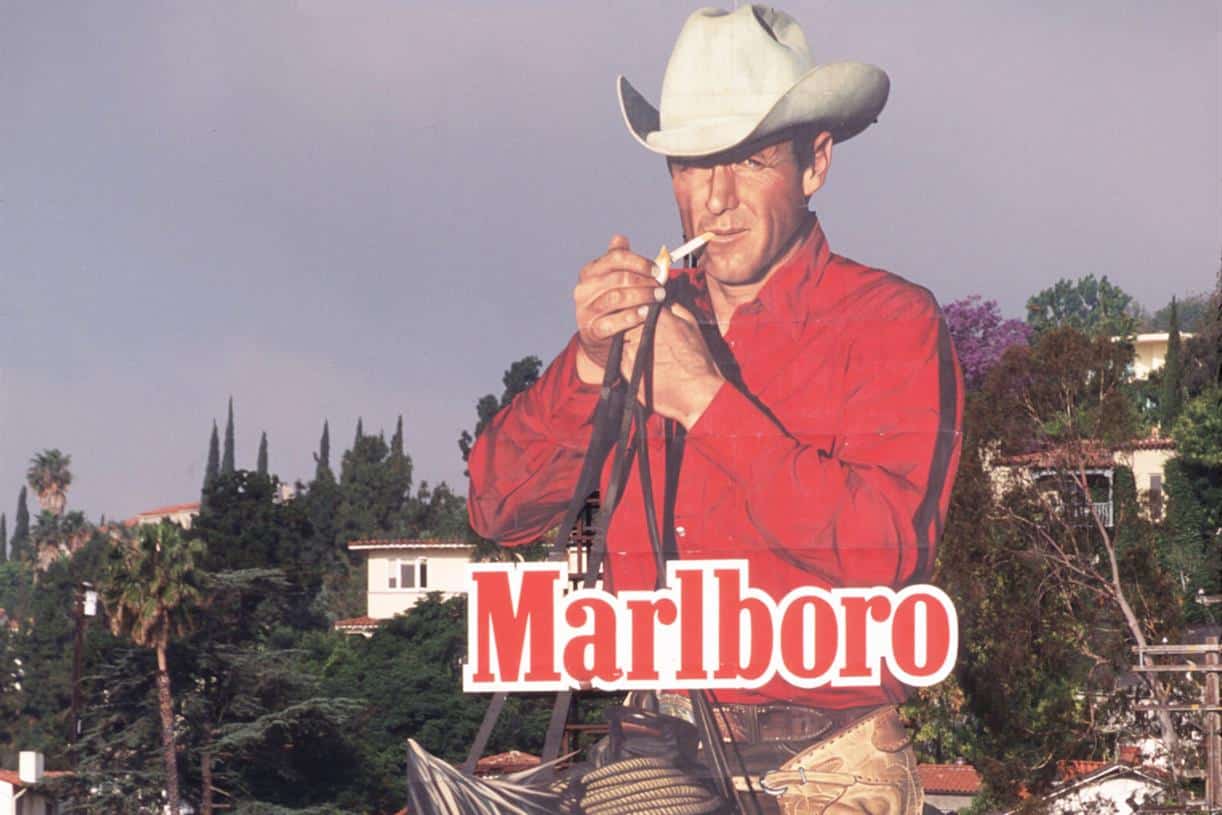
Wendy’s Girl
Unlike the fictitious Betty Crocker, the Wendy’s girl is an actual person. Melinda “Wendy” Thomas, the daughter of Wendy’s founder, Dave Thomas, not only bears the name but also served as the mascot for her father’s fast-food franchise. A stylised depiction of a young Wendy has adorned the brand logo for over five decades, and throughout the years, Wendy herself has occasionally lent her voice or appeared in advertisements for the brand. One can’t help but wonder how her four siblings felt about this perceived favouritism.
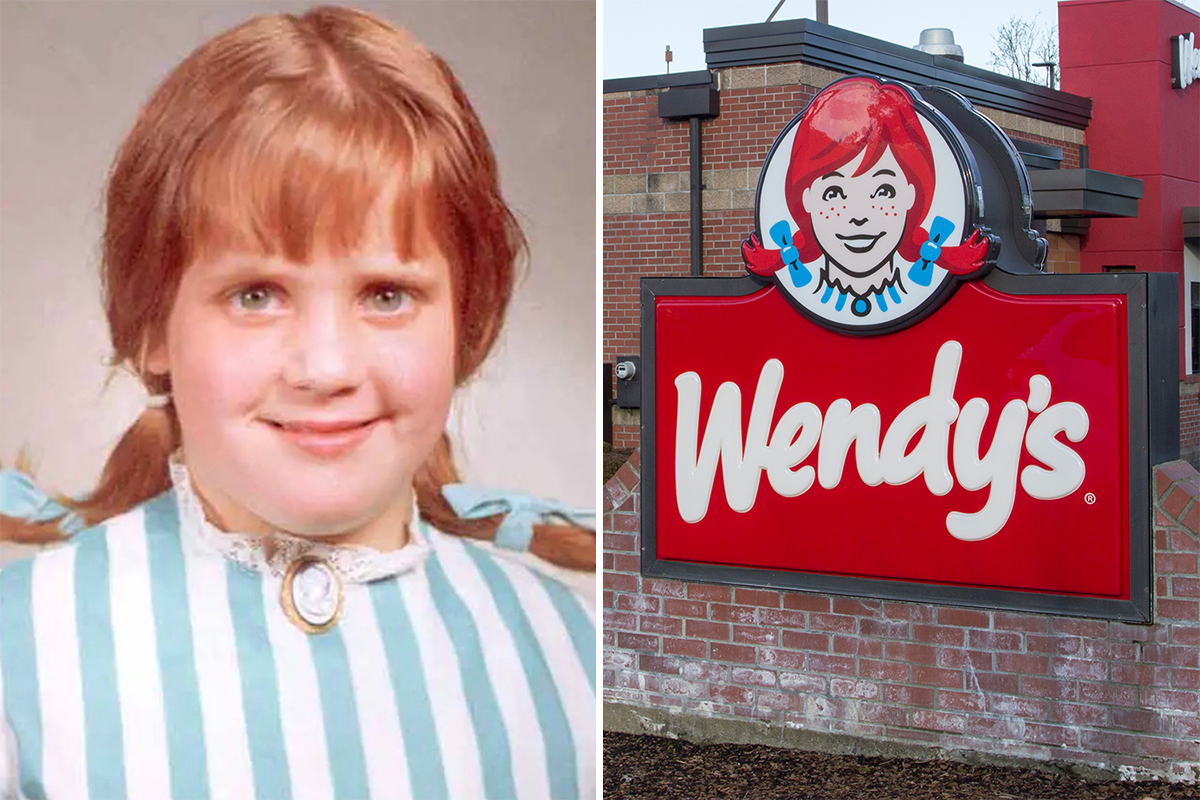
Never Say No to Panda
Egyptian brand, Arab Dairy, developed a multi-award winning (and hilarious) campaign based around an aggressive Panda terrorizing those who declined to try their Panda Cheese product. While the campaign peaked in the 2010’s, we think this is a perfect example of a Distinctive Brand Asset that could be brought out of retirement. The campaign married character with tagline and also utilised a consistent sonic throughout, the song True Love Ways by Buddy Holly & The Picks, helping to reinforce memory encoding.
Captain Morgan
Meet the namesake behind Captain Morgan – Sir Henry Morgan, a 17th century Welsh privateer (essentially a government-commissioned pirate, though debate lingers on the legality of all his exploits…) Throughout the 1600s, he gained prominence in the Caribbean, eventually being knighted and appointed Lieutenant Governor of Jamaica. He was also a proprietor of sugar plantations, the key ingredient in rum!
However, the shift from pirate to politics wasn’t an easy adaptation for Captain Morgan. He succumbed to alcoholism, with the associated health complications leading to his demise. Buried at Palisadoes Cemetery in Jamaica, an earthquake later sent the graveyard into the sea, taking Morgan’s body with it. A somewhat poetic end to his tale.
The iconic Captain Morgan image we recognise today as a distinctive brand character was crafted by American illustrator Don Maitz in the 1980s. “I did not get paid in rum,” he later clarified in an online Q&A.
Beyond being the hero of the brand, Captain Morgan is front and centre on packaging and has been portrayed by various actors and celebrities in advertising campaigns over the years—a stellar example of a brand with character and consistency.
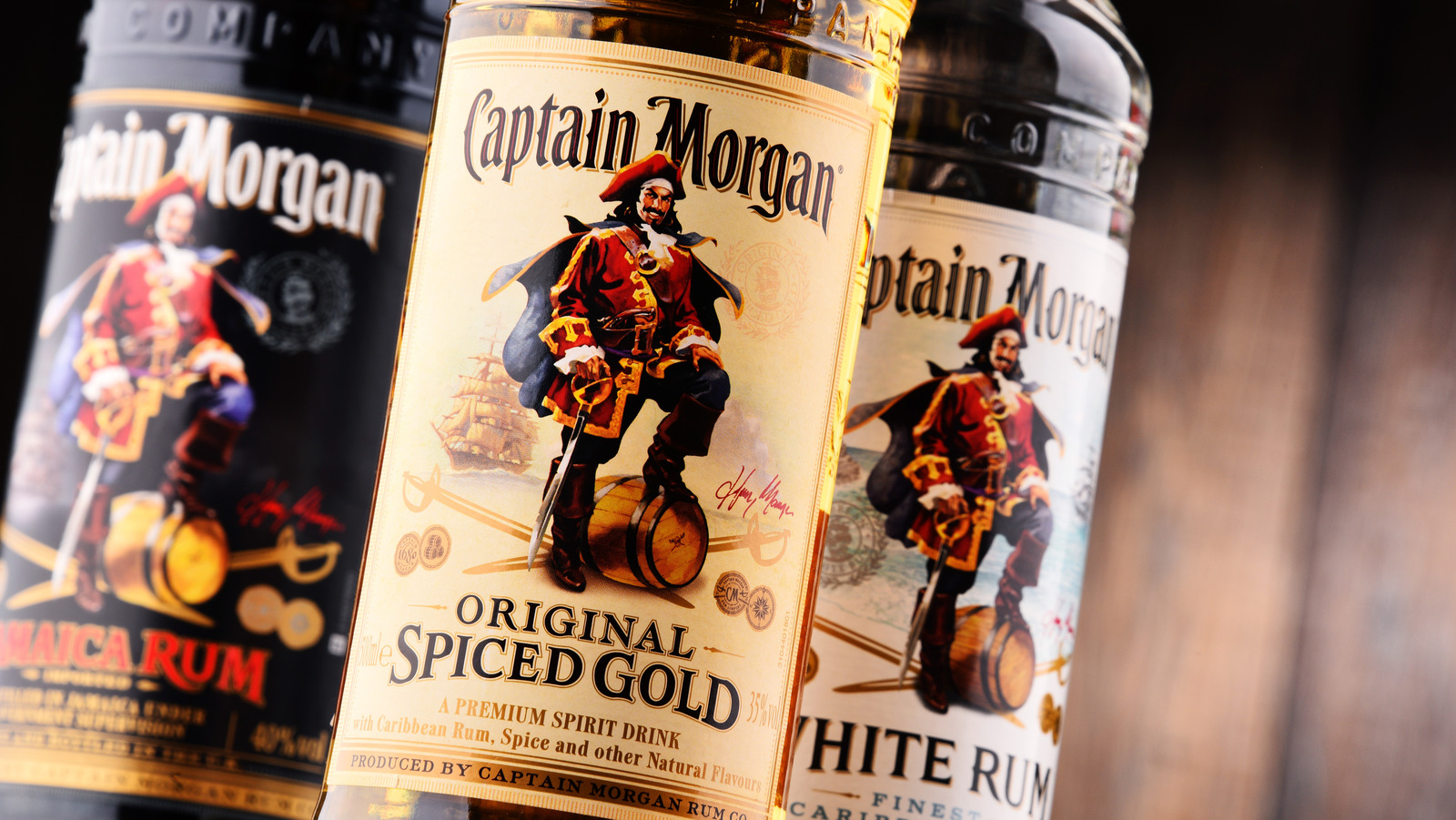
Mr. P – Julius Pringles
Julius Pringles’ name started out as a practical joke. While the character existed on Pringles packaging since the 1960’s, he didn’t find a name until 2006 when pranksters edited the Wikipedia page for the brand and dubbed the moustached man Julius. This garnered attention from news outlets, and Kellogg’s who by then owned Pringles, eventually adopted the name.
Mainly stylised as a floating head, talk show host John Oliver pressured the brand to reveal the mascot’s body, “Do I need to know this? No. I don’t. Do I want to? Yes, very badly so much so that I’m willing to give a thousand dollars to Feeding America if Pringles answers my question.” Pringles responded with a video of the character giving a Christmas home tour and donated $10,000 to the charity. Activations featuring characters such as this, either portrayed by actors or animated, can garner significant publicity.
Interestingly, the original Pringles television commercials were created by Thomas Scott Cadden, who also composed Mr Clean’s jingle. A pioneer in the world of Distinctive Brand Assets!
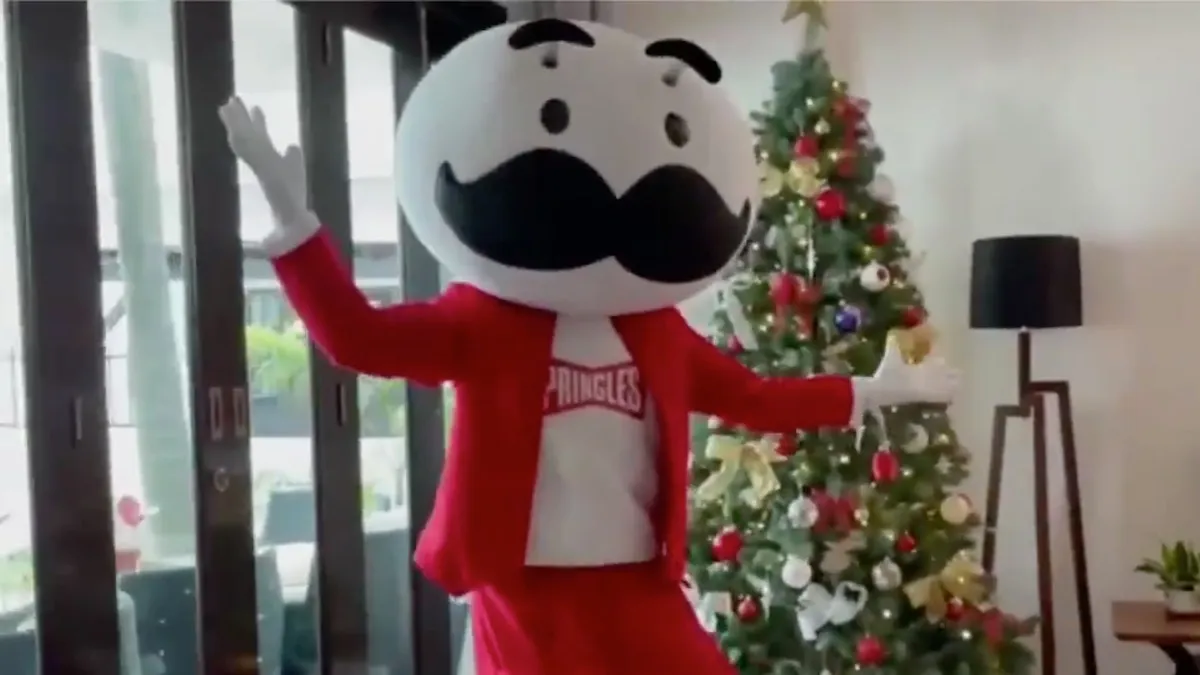
Distinctive Asset Measurement: Brand Research That Provokes Action
Used by some of the world’s most distinctive & leading brands






The Jolly Green Giant
Readers will be well familiar with Green Giant’s mascot who originated in the 1920’s, albeit looking markedly different as a caveman in bearskin garb. Leo Burnett himself turned the caveman into The Jolly Green Giant we know today, and in the 1950’s the character adopted the now famous “Ho, ho, ho” jingle. Creating a sonic activation for a character is a great way to amplify their presence and effectiveness in the long term. Hear more about this particular jingle in Jingles: The Silent Powerhouses of Advertising?
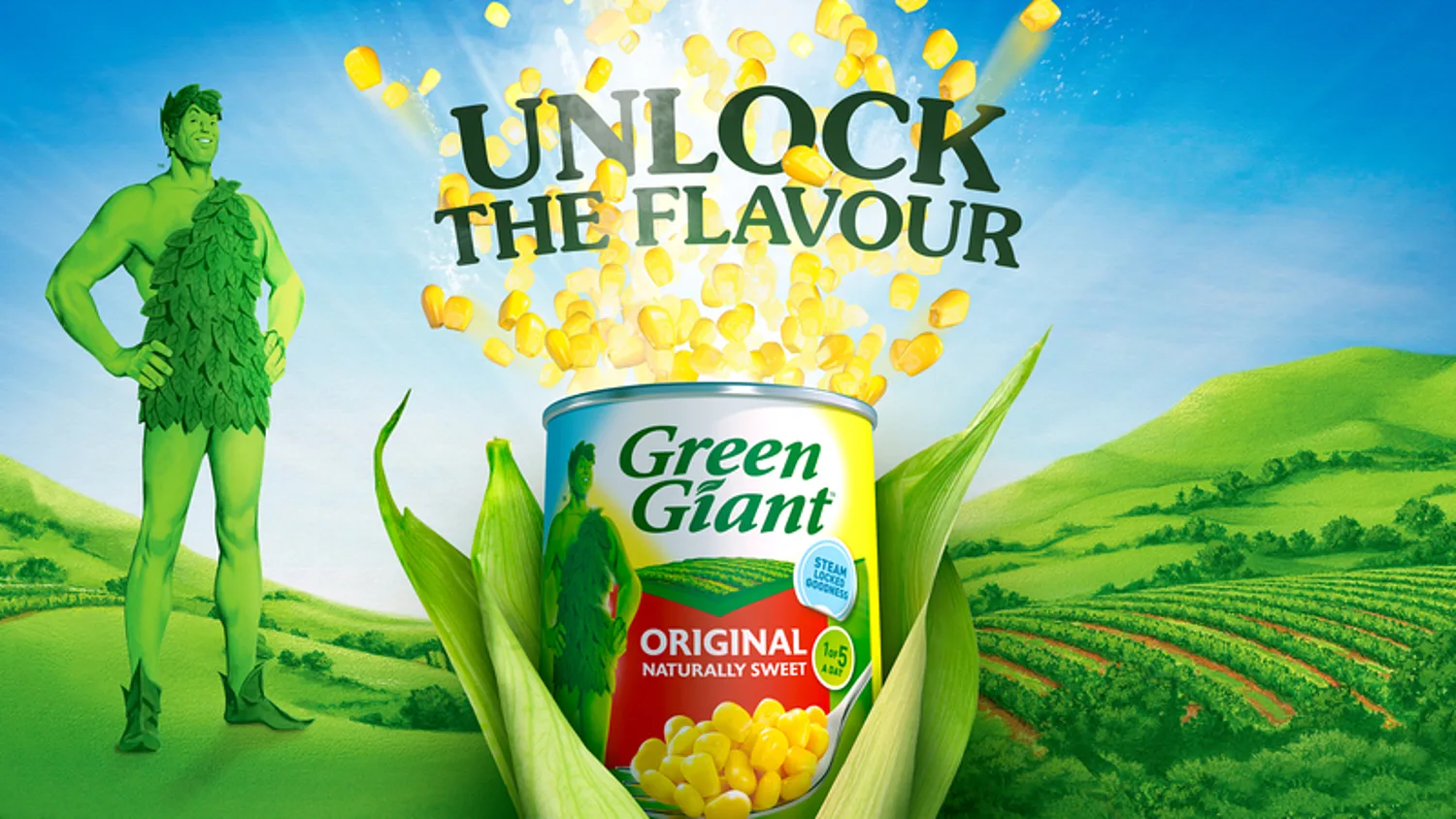
The Michelin Man
Dating back to 1894 and affectionately known as Bibendum, The Michelin Man is composed of stacked white tires (which lend themselves well to plush toy merchandise and giant inflatables). Usage of Bibendum has been extensive and varied, allowing the brand to stand out from competitors. If the Michelin Man doesn’t help show the strength and importance of character assets in relatively functional categories, we don’t know what will!
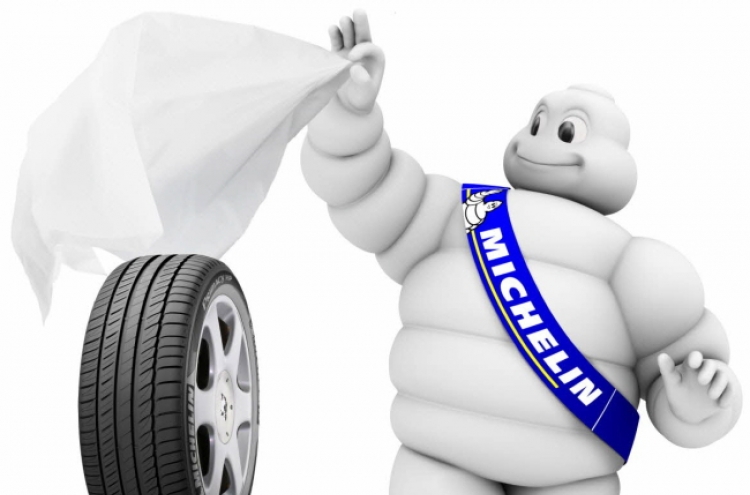
The Battery Bunny
Two rival battery brands, Duracell and Energizer have both utilised a pink fluffy bunny as their character asset. What has now widely come to be known as the Energizer Bunny was initially stylised by Duracell in 1973, and later parodied and adopted by Energizer. A “rabbit-sharing deal” where the brands agreed to use the mascots in differing markets was struck in the nineties, though disputes have arisen since. This practice of mimicking competitor assets is not uncommon, but we often see in Distinctive Brand Asset measurement that usage will simply signal consumers to the bigger of two brands.
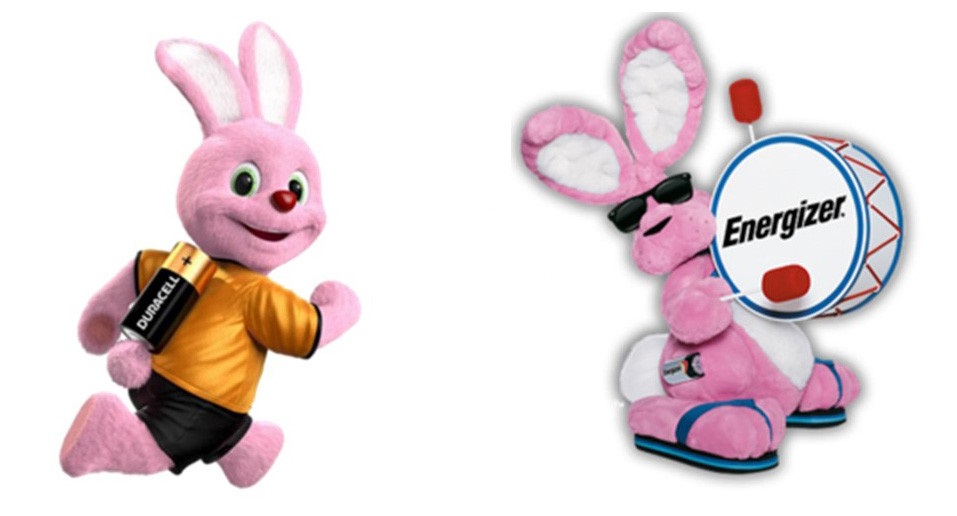
Kevin the Carrot
We recently tested the use of distinctive character assets in Christmas Advertising (see: Who Is The Most Distinctive Christmas Character In U.K. Retail?). Aldi’s Christmas Carrot was the pick of the crop, with 86% of people recognising “Kevin” as an asset from the retail category, and 70% able to correctly recall the asset as belonging to Aldi. This hero character was well embedded in multiple ways, not just in their seasonal advertising campaign, but with plush toys and dedicated social media channels.

Geico Gecko
Character assets don’t necessarily need to be relevant to the product or brand they are promoting in order to be impactful (see: Distinctive Brand Assets and Messaging Brand Assets). The Geico Gecko is a character that wouldn’t organically align with the parent company in the insurance industry, though it is a globally renowned success story. While many brands may develop a similar approach for a campaign or two, Geico’s success can be attributed to its long-term embedding. The Gecko first featured in 1999 due to a Screen Actors Guild Strike, and the rest is history.
Quaker Man
Perhaps the oldest character on this list, dating back to 1877, the Quaker Oats Man has undergone many design refreshes, but has to this day retained his likeness (and his hat). This is an example of picking a distinctive asset and sticking with it. Too often a brand will want to revamp their asset suite without first considering the brand attribution tied to longstanding elements. Our advice: If you’re considering making changes to your brand, first contemplate Distinctive Brand Asset research.

Mr. Clean
Mr. Clean, the muscular mascot of Procter & Gamble’s cleaning products, helps the brand standout from competitors by subverting gender stereotypes. In 2017, the brand divided the internet with a ‘Sexy Mr. Clean’ super bowl commercial, featuring the end tagline “you gotta love a man who cleans”. The character also has a sonic asset, a jingle which dates back to 1957.
Colonel Sanders
KFC’s Colonel Sanders was actually a real person, the founder of the brand and a man who was commissioned as a Kentucky Colonel in 1950. Though Sanders passed away in 1980, he has become an iconic symbol whose likeness has permeated into cartoon versions, comic book characters and countless acting roles – including multiple WWE wrestling matches. KFC also continues to use the Colonel as a key part of their logo, making it more robust and maintaining awareness of the character.
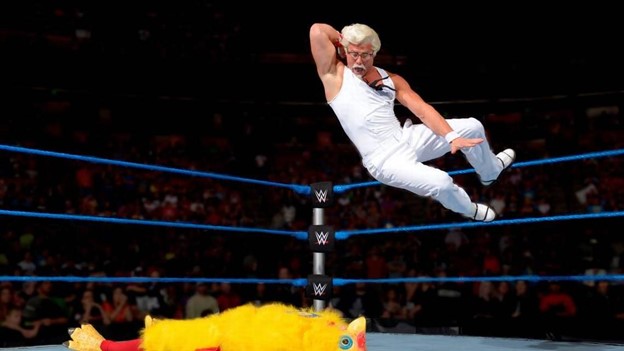
Betty Crocker
Unlike the Colonel, Betty Crocker is a purely fictional character, which drove controversy in the 1940’s when Fortune Magazine labelled the brand a “fraud and a fake”. As the food brand’s website states, “Now, Betty was not a single person. The name was created as a way to personalize responses to questions, and if you guessed that the name has meaning behind it, you’re right. “Crocker” was chosen in honor of a popular company director, and “Betty” was selected because… well, she sounded friendly”. While the actress depicted as Betty in advertising, radio shows, cookbooks and television has changed over the years, a consistent colour and style has been used throughout. This is exactly how a character should change and evolve with the times.
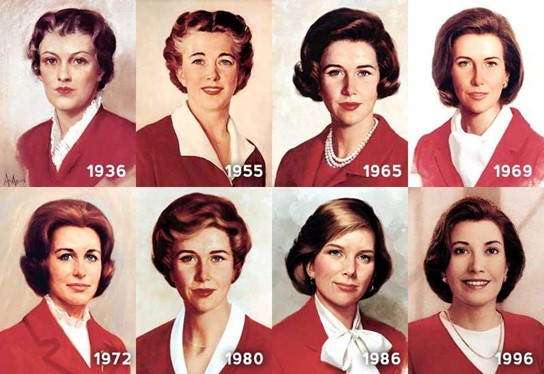
The DNA Of Distinctive Brands
Inspire your team and brand, by understanding how to achieve greater levels of distinctiveness with our guide to Distinctive Brand Assets
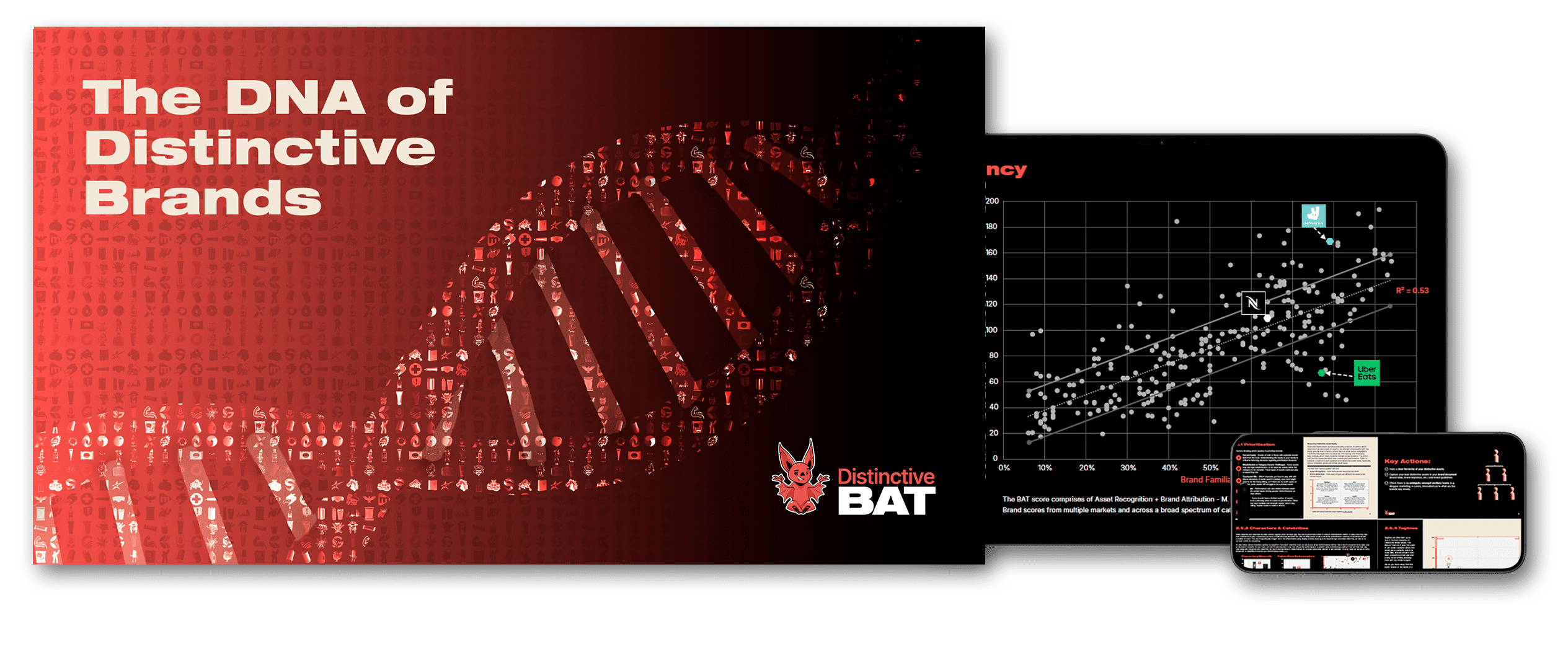
Tony the Tiger
The cereal category is inherently set up to fully maximise the usage of mascots, with the pack a strong embedding device due to its physical presence on breakfast tables and countertops. Many cereal brands are also initially targeted at children, but stay in the public conscious for decades, such as Tony the Tiger, the mascot for Kellogg’s Frosted Flakes. Kellogg’s has remained loyal to their character, finding new ways to build throughout their touchpoints, such as with the development of the catch phrase “They’re Grrreat!” and the tagline “Brings out the tiger in you” across AV and sonic advertising.
Toucan Sam
Toucan Sam is another character asset of Kellogg’s, this time acting as a mascot for the cereal Froot Loops. Present across packaging and advertising, the toucan’s coloured beak is also represented in the product colouring itself; a strong link between a distinctive asset and a product or pack feature can go a long way to amplifying memorability. The beak has at times been a point of contention between the brand and consumers, who complained when it was given a makeover in 2020, only for it to be changed again following this criticism the following year. (Beware of oversimplifying your assets, see Blands – The Debranding Of Brands.)
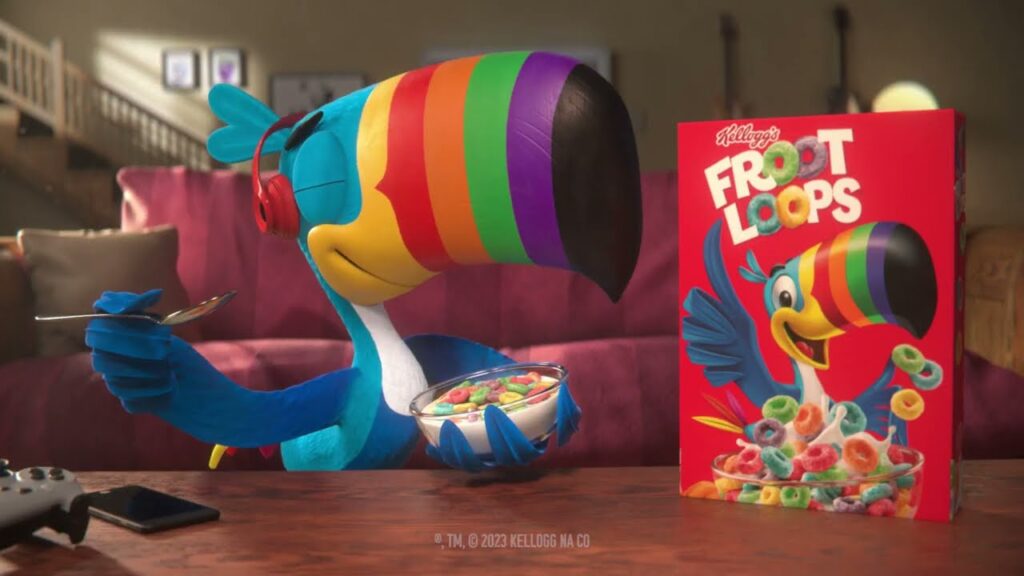
Nesquik Bunny
Another rabbit, this time advocating for a different category entirely, the Nesquik Bunny is a distinctive character asset employed for Nestle’s flavoured milks. Quicky creates a link with the product colours, is utilised across packs, adverts and was even turned into a Lego character. Brands that have the confidence to use their character assets on pack see this paid back in spades, helping ensure their product stands out on shelf, while also ensuring the character is either reinforced or introduced to consumers.
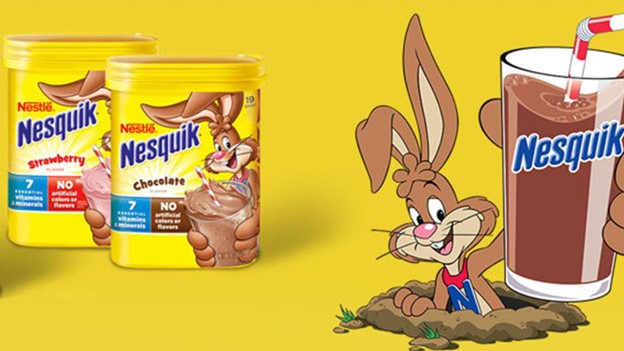
Trix Rabbit
Rabbit number four, the Trix cereal Silly Rabbit was debuted in 1959. The rabbit along with the tagline, “Silly rabbit! Trix are for kids!” are still utilised to this day, making this one of the most consistent and long-standing character assets. The adverts featuring the rabbit are often themed on it not being able to eat Trix, though box top mail-in contests in the decades since its debut have seen consumers vote for the rabbit to succeed, with participants obtaining an election style button for their votes.
Mickey Mouse
No mouse is more recognisable than Mickey. Since his development in 1928, Mickey Mouse has undergone iterations to modernise and move with animation advancements, but his core design has remained consistent – creating memory links to Disney for generation after generation. Disney too have been clever in the way they have utilised elements within the character across their various touchpoints, such as his ears becoming merchandise, stylised as adverts for the Disney Channel and much more.

Ronald McDonald
McDonald’s clown is another long-standing character that has stood the test of time. Not the killer clown scare of 2016, nor the rise and fall of the Juggalo subculture has forced the brand to retire the asset. McDonald’s have done well to drive positive association with Ronald McDonald House Charities, providing support for parents and sick children. The character has also been included in countless adverts, in books, in person played by a variety of actors and in statues present at the many restaurants across the globe, tying in with the distinctive red and yellow colour palette.
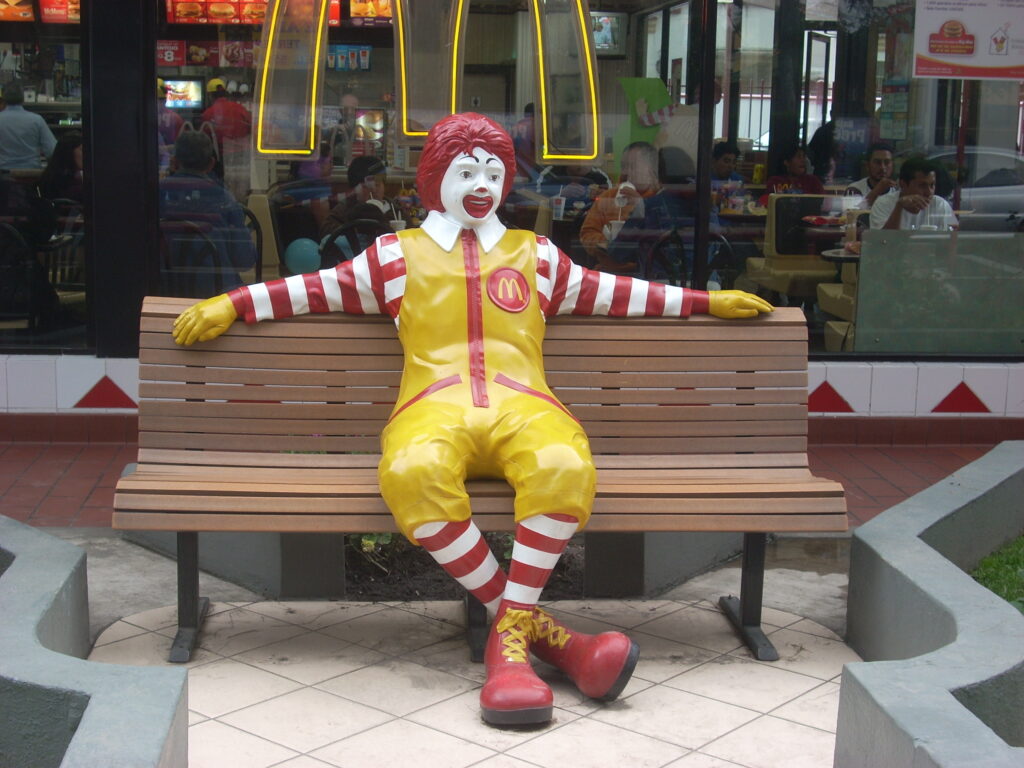
Mr. Monopoly
Mr. Monopoly (or Milburn Pennybags or Rich Uncle Pennybags, if you please) has come to represent wealth in not just the board game but also popular culture. He’s also utilised in brand extensions and collaborations, such as with the McDonald’s Monopoly game.

Mr. Peanut
Full name Bartholomew Richard Fitzgerald-Smyth, Mr. Peanut the character first appeared in 1916 and in the years since has been retired, killed off, reborn (via a TVC at the Super Bowl) and revitalised by Planters.
The Kool-Aid Man
The Kool-Aid Man, a charismatic pitcher bursting through walls and exclaiming “Oh yeah!” is the character of choice for the flavoured drink mix Kool-Aid. The attention-grabbing mascot has been used creatively across owned channels and has also entered the public zeitgeist through appearances in TV programmes, like Family Guy.
Pillsbury Doughboy
The Pillsbury Doughboy, Poppin Fresh, appears across the Pillsbury dough product range and associated advertising. The character’s look and feel has remained very similar throughout his lifetime and was even adapted into a doll in the 1970s.
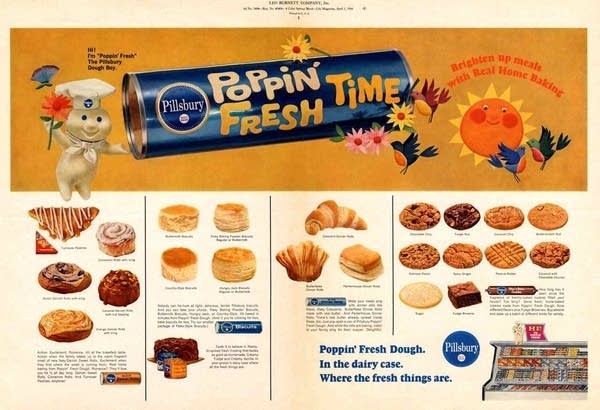
M&M’s Characters
M&M’s characters are the product itself brought to life, creating an intrinsic link between execution and brand. Most often utilised are the wise cracking red and yellow, though a whole cast of characters has been introduced through adverts and pack design. These characters have often been voiced by popular actors, blending character and celebrity assets together across touchpoints. A world class distinctive asset.

Leo the Lion
Portrayed by multiple lions across the character’s history, and more recently as CGI, Leo the Lion is the mascot for Metro-Goldwyn-Mayer. Leo (and his roar when sound is present), feature in film title cards, in the brand logo and stylised icons. One of the lions who portrayed Leo even had their paws printed in cement at the TCL Chinese Theatre in Hollywood to mark the brand’s 90th anniversary.
Freddo Frog
Cadbury’s Freddo Frog chocolate bar is both a product and a character. Synergies include the chocolate, which is embossed like the character giving it a distinctive shape, the pack which depicts a coloured cartoon character – as well as the name itself. Recently, Freddo has been referenced in the U.K. as a way to measure inflation in the cost-of-living crisis. Capitalising on this, in 2019 the grocer Tesco temporarily reduced the price of Freddo’s as a part of a birthday campaign.
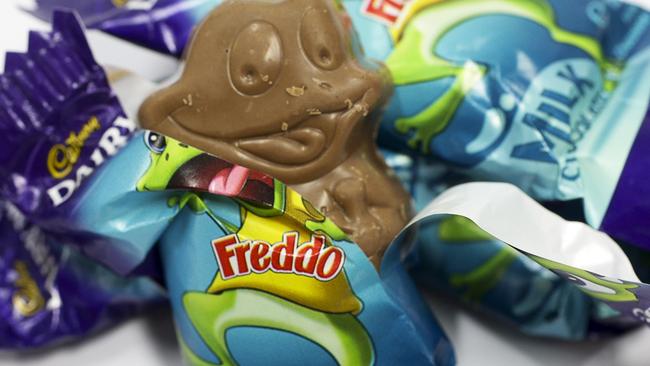
Compare the Market Meerkats
One of the best-known examples for U.K. readers, the Compare the Market Meerkats are a wonderful example of DBAs in action, again highlighting that sometimes the best creative ideas don’t need to make sense.
The common themes that make these characters successful are their longevity, consistent appearance and use across multiple touchpoints. These principles are the key to embedding any Distinctive Brand Asset and creating a memory link from an asset to your brand.
Read more about character assets here.
Have any questions on Distinctive Brand Asset Research or Tracking? Drop me a message via LinkedIn or email at hello@distinctivebat.com
Distinctive Asset Measurement: Brand Research That Provokes Action

Used by some of the world’s most distinctive & leading brands






